- Drug and Alcohol
Court approved hair, nail, blood drug and alcohol testing - Maternity and Paternity
Ministry of Justice approved legal DNA testing - Wider Relationships
Understanding second and third degree familial connections - Immigration
Home Office approved testing for visas and passports - Expert Services
Court standard expert witness reporting
Introduction to Benzoylecgonine
Benzoylecgonine (BZE) is a major metabolite (scientifically known as a hydrolysis product) of cocaine, meaning it is produced when the body breaks down cocaine after it is ingested. Benzoylecgonine can also be detected in urine, sweat and saliva. While benzoylecgonine itself is not active, this means that it does not have the same stimulant effects as cocaine, it can be detected in the body after cocaine use and is commonly tested for in drug screenings. Benzoylecgonine is often used in toxicology tests as a marker for recent cocaine consumption.
Benzoylecgonine Street Names
- BZE
- Benzoylecgonine (Chemical Name)
- Cocaine Metabolite
- Cocaine hydrolysis product
Benzoylecgonine's Chemical Structure
Benzoylecgonine is a metabolite of cocaine. It is a modified form of the cocaine molecule, where the methyl ester group is removed. The chemical formula for benzoylecgonine is C9H11NO4, and it is a product of the hydrolysis of cocaine in the body. Its structure allows it to be present in the body longer than cocaine, making it a useful marker in drug testing.
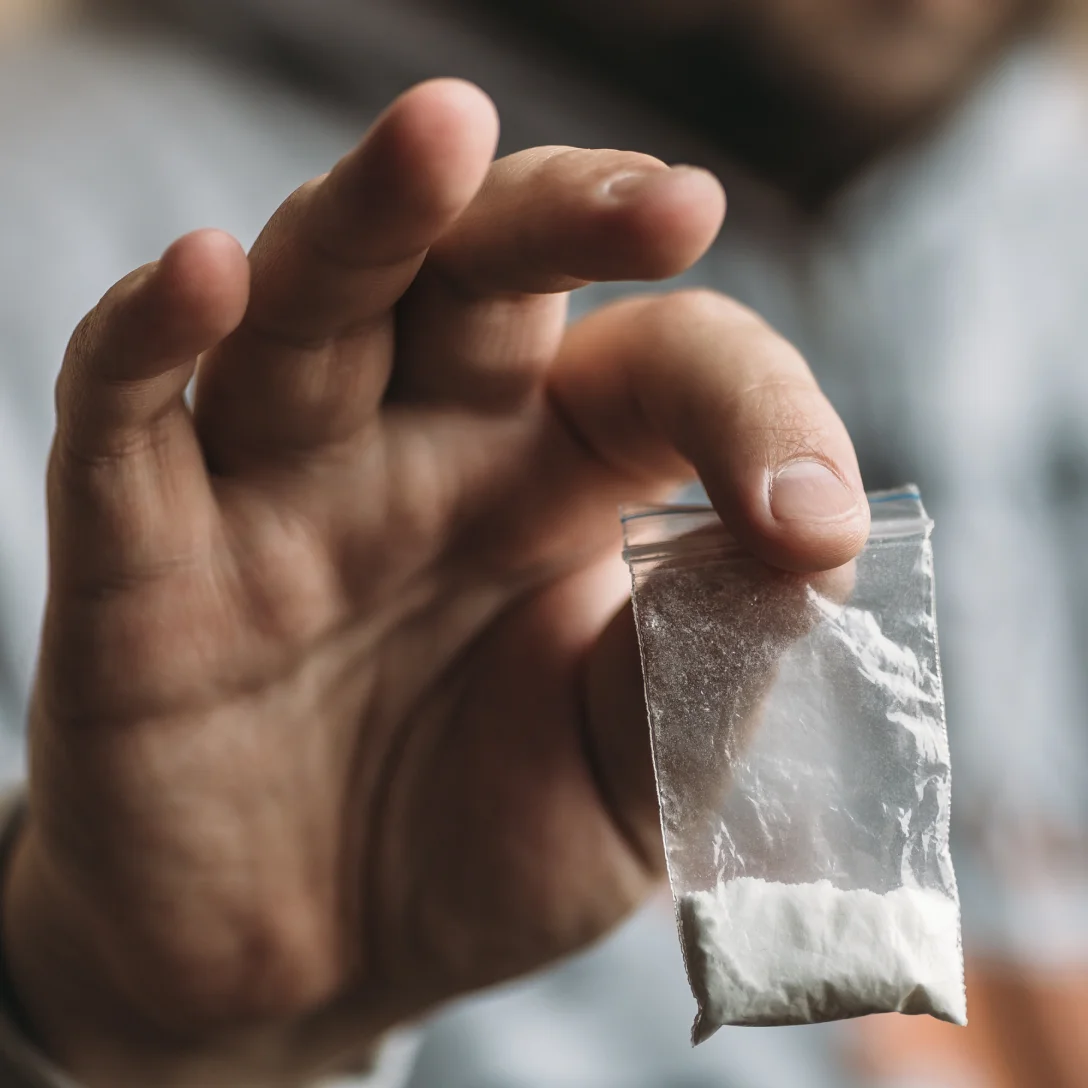
How To Test For Benzoylecgonine
By understanding the various drug testing options for benzoylecgonine, the factors that influence how long it stays in the body, and the potential legal implications, you can better navigate situations involving benzoylecgonine drug testing.
If you're facing legal challenges due to a positive benzoylecgonine test result that you believe is inaccurate, or if you need benzoylecgonine testing to support your case, contact AttoLife for expert advice and reliable testing services today.
Here are the most common tests used to detect benzoylecgonine and the timeframes they cover:
01
Hair
Long Detection Window (Months)
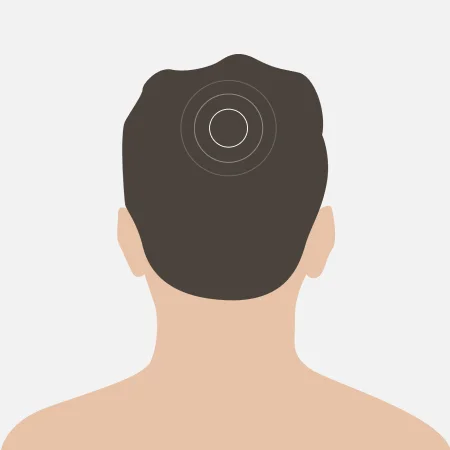
Hair tests are capable of detecting benzoylecgonine for up to several months, depending on the length of the hair sample. This is a common method used to detect long-term drug use.
Explore Hair Drug Test02
Fingernail
Long Detection Window (Months)
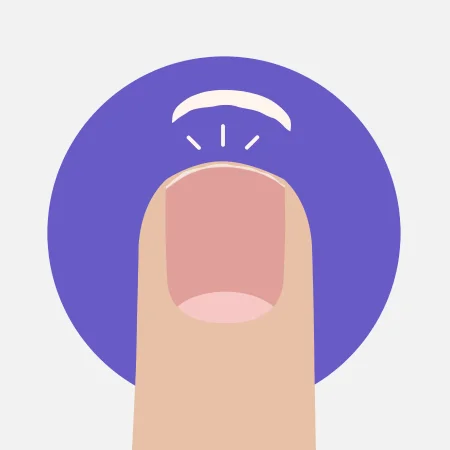
Similar to hair testing, fingernail tests provide a long detection window, offering insight into past drug use, including the presence of benzoylecgonine, for several months.
Explore Fingernail Drug Test03
Urine
Medium Detection Window (Days)
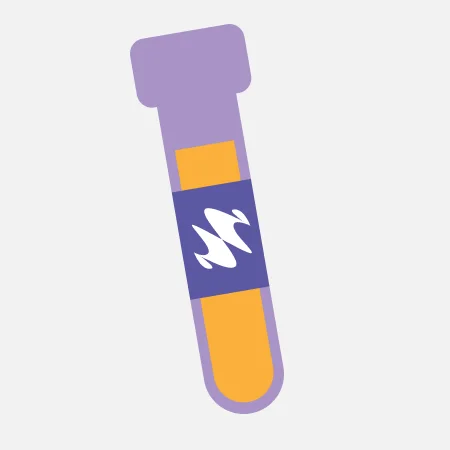
Urine tests are the most common method for detecting benzoylecgonine. Benzoylecgonine can typically be detected in urine for up to 1 to 3 days after cocaine use. However, frequent users may test positive for a longer period.
Explore Urine Drug Test04
Blood
Short Detection Window (Hours to Days)
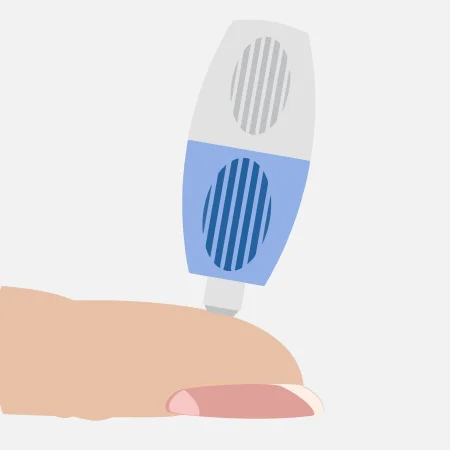
Blood tests can detect benzoylecgonine for 1 to 2 days after cocaine use. This method is less common but is used for acute detection in medical or legal scenarios.
Explore Blood Drug Test05
Saliva
Short Detection Window (Hours to Days)
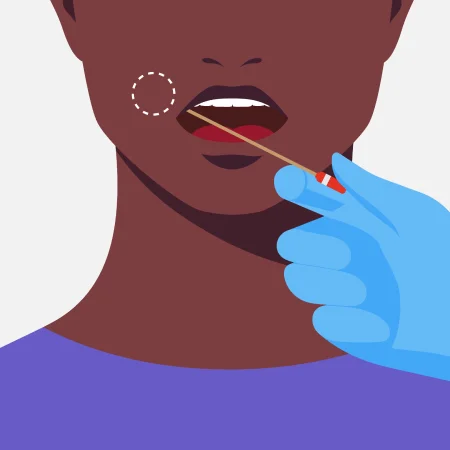
Saliva tests can detect benzoylecgonine for up to 48 hours after use. This test is often used in roadside or workplace testing.
Explore Saliva Drug TestLegitimate Use Cases for Benzoylecgonine
Benzoylecgonine does not have any legitimate medical uses. It is only present in the body as a byproduct of cocaine metabolism. Cocaine itself has limited medical applications, in earlier years it was used as local anaesthesia in specific surgical procedures, but benzoylecgonine is not used in any therapeutic context. The detection of benzoylecgonine in the body generally indicates illicit drug use.
Will Benzoylecgonine Show Up on a Drug Test?
Yes, benzoylecgonine will show up on a drug test, as it is a primary metabolite of cocaine. Unlike cocaine itself, which may only be detectable for a short period after use especially in blood, urine and oral fluid samples, benzoylecgonine can be detected for a longer period, making it a useful marker in drug tests. Common drug tests, including oral fluid, urine, blood, and hair tests, can detect benzoylecgonine to determine whether an individual has used cocaine.
Get a Quote
How Long Does Benzoylecgonine Stay in Your System?
The presence of benzoylecgonine in your system depends on factors such as the frequency of cocaine use, metabolism, and overall health. Generally, benzoylecgonine can be detected for the following periods:
-
Urine Test: 1 to 3 days
-
Blood Test: 1 to 2 days
-
Hair Test: several months
-
Saliva Test: Up to 48hours
For regular or heavy cocaine users, benzoylecgonine may stay in the system for a longer period due to accumulation.
Get a QuoteFactors Influencing BZE's Presence in Your Body
Several factors can affect how long BZE stays in your system, including:
-
Frequency of Use: Chronic cocaine use can cause BZE to remain detectable for longer periods.
-
Metabolism: Faster metabolisms eliminate drugs more quickly, while slower metabolisms may prolong the detection window.
-
Hydration: Staying hydrated may help the body excrete substances like BZE more efficiently.
-
Body Fat: Cocaine and its metabolites, including BZE, are fat-soluble, so people with higher body fat may retain traces of BZE longer.
-
Dosage & purity: high doses and more pure cocaine cocaine may result in higher concentrations of BZE, which may take longer to clear from the system.
Benzoylecgonine Use in Legal Scenarios
The detection of benzoylecgonine is commonly used in legal contexts to determine if someone has recently used cocaine. In Legal and criminal investigations, probation monitoring, or workplace drug testing, the presence of benzoylecgonine can be used as evidence of cocaine use. Benzoylecgonine is particularly useful for detecting past cocaine use, as it can remain detectable for longer than the parent drug in most of the samples.
False Positives and Interpretation of Benzoylecgonine Results
In point of care test (POCT) and In screening tests false positives for benzoylecgonine are rare but may occur if there is cross-reactivity with other substances, such as certain medications. Common substances like local anaesthetics, some antibiotics, and certain antidepressants can sometimes lead to false positives. Confirmatory tests like spectroscopic techniques are used to differentiate between benzoylecgonine and other similar substances to avoid misinterpretation of results.

Popular Culture and Benzoylecgonine
Benzoylecgonine is primarily discussed in the context of cocaine use, as it is a key marker of past cocaine consumption. While benzoylecgonine itself is not often referenced in popular culture, cocaine use frequently appears in movies, music, and television, where it is often associated with partying, crime, and dangerous lifestyles. The detection of benzoylecgonine may also be portrayed in forensic or legal settings in movies or TV shows dealing with drug testing and investigations.
Get a Quote
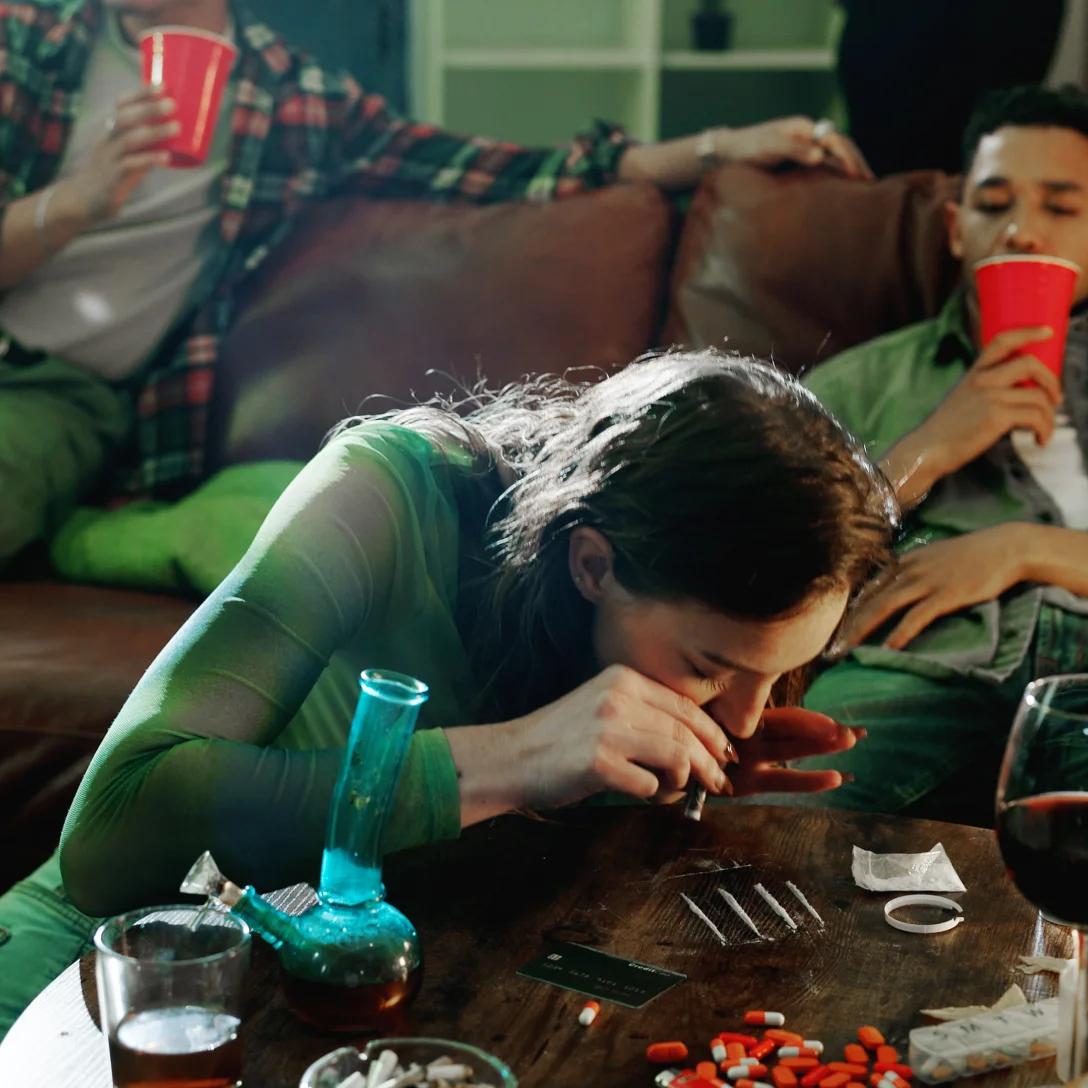
Notable Forensic Cases Involving Benzoylecgonine
Notable forensic cases involving benzoylecgonine often centre around investigations where cocaine use is suspected, such as drug overdoses, DUI offences, or criminal cases involving the distribution or consumption of cocaine. The detection of benzoylecgonine can provide critical evidence of recent cocaine use, even if the parent drug itself is no longer detectable in the system.
Risk of Contamination
As with many illicit drugs, cocaine (and by extension, benzoylecgonine) is often produced and distributed in unregulated environments. Benzoylecgonine being a hydrolysis product of cocaine, which means it can be produced as a result of the reaction of cocaine with water. This increases the prevalence in the external environment and sweat and therefore the risk of contamination of samples, especially hair samples. This factor could affect the accuracy of drug testing. In forensic contexts, it is important to handle samples carefully to avoid contamination and ensure reliable results.
Get a Quote

